|
Nuts & Volts - Vol. 13, No. 2 (February 1992)
|
|
Nuts & Volts - Vol. 13, No. 3 (March 1992)
|
|
Nuts & Volts - Vol. 13, No. 4 (April 1992)
|
|
Nuts & Volts - Vol. 13, No. 5 (May 1992)
|
|
Nuts & Volts - Vol. 13, No. 6 (June 1992)
|
|
Nuts & Volts - Vol. 13, No. 7 (July 1992)
|
|
Nuts & Volts - Vol. 13, No. 8 (August 1992)
|
|
|
|
Nuts & Volts - Vol. 13, No. 10 (October 1992) |
|
Nuts & Volts - Vol. 13, No. 11 (November 1992)
|
|
Nuts & Volts - Vol. 13, No. 12 (December 1992)
|
|
Nuts & Volts - Vol. 14, No. 1 (January 1993)
|
|
Nuts & Volts - Vol. 14, No. 2 (February 1993) |
|
Nuts & Volts - Vol. 14, No. 3 (March 1993)
|
|
Nuts & Volts - Vol. 14, No. 4 (April 1993)
|
|
Nuts & Volts - Vol. 14, No. 5 (May 1993)
|
|
Nuts & Volts - Vol. 14, No. 6 (June 1993) |
|
|
|
Nuts & Volts - Vol. 14, No. 8 (August 1993)
|
|
Nuts & Volts - Vol. 14, No. 9 (September 1993) |
|
Nuts & Volts - Vol. 14, No. 10 (October 1993)
|
|
Nuts & Volts - Vol. 14, No. 11 (November 1993) |
|
Nuts & Volts - Vol. 14, No. 12 (December 1993) |
|
Nuts & Volts - Vol. 15, No. 1 (January 1994)
|
|
Nuts & Volts - Vol. 15, No. 2 (February 1994)
|
|
Nuts & Volts - Vol. 15, No. 3 (March 1994)
|
|
|
|
Nuts & Volts - Vol. 15, No. 5 (May 1994)
|
|
Nuts & Volts - Vol. 15, No. 6 (June 1994)
|
|
Nuts & Volts - Vol. 15, No. 7 (July 1994)
|
|
|
|
Nuts & Volts - Vol. 15, No. 9 (September 1994)
|
|
Nuts & Volts - Vol. 15, No. 10 (October 1994)
|
|
|
|
Nuts & Volts - Vol. 15, No. 12 (December 1994)
|
|
Nuts & Volts - Vol. 16, No. 1 (January 1995)
|
|
|
|
Nuts & Volts - Vol. 16, No. 4 (April 1995)
|
|
|
|
Nuts & Volts - Vol. 16, No. 6 (June 1995)
|
|
|
|
|
|
|
|
|
|
|
|
|
|
|
|
|
|
|
|
Nuts & Volts - Vol. 17, No. 4 (April 1996)
|
|
|
|
|
|
|
|
|
|
|
|
|
|
|
|
|
|
|
|
|
|
|
|
|
|
|
|
|
|
|
|
|
|
|
|
|
|
|
|
|
|
|
|
|
|
|
|
|
|
|
|
|
|
|
|
|
|
|
|
|
|
|
|
|
|
|
|
|
|
|
|
|
|
|
|
|
|
|
|
|
|
|
|
|
|
|
|
|
|
|
|
|
|
|
|
|
|
|
|
|
|
|
|
|
|
|
|
|
|
|
|
|
|
|
|
|
|
|
|
|
|
|
|
|
|
|
|
|
|
|
|
|
|
|
|
|
|
|
|
|
|
|
|
|
|
|
|
|
|
|
|
|
|
|
|
|
|
|
|
|
|
|
|
|
|
|
|
|
|
|
|
|
|
|
|
|
|
|
|
|
|
|
|
|
|
|
|
|
|
|
|
|
|
|
|
|
|
|
|
|
|
|
|
|
|
|
|
|
TOC --- http://gramlich.net/projects/nuts_and_volts/downloaded/index.html 2006 https://web.archive.org/web/20061116072124/https://www.nutsvolts.com/toc_Pages/aug06toc.htm 2007 https://web.archive.org/web/20070326151252/http://www.nutsvolts.com/toc_Pages/jan07toc.htm 2016 https://www.nutsvolts.com/magazine/issue/2016/01 https://www.nutsvolts.com/magazine/issue/2016/02 https://www.nutsvolts.com/magazine/issue/2016/03 https://www.nutsvolts.com/magazine/issue/2016/04 https://www.nutsvolts.com/magazine/issue/2016/05 https://www.nutsvolts.com/magazine/issue/2016/06 https://www.nutsvolts.com/magazine/issue/2016/07 https://www.nutsvolts.com/magazine/issue/2016/08 https://www.nutsvolts.com/magazine/issue/2016/09 https://www.nutsvolts.com/magazine/issue/2016/10 https://www.nutsvolts.com/magazine/issue/2016/11 https://www.nutsvolts.com/magazine/issue/2016/12 2017 https://www.nutsvolts.com/magazine/issue/2017/01 https://www.nutsvolts.com/magazine/issue/2017/02 https://www.nutsvolts.com/magazine/issue/2017/03 https://www.nutsvolts.com/magazine/issue/2017/04 https://www.nutsvolts.com/magazine/issue/2017/05 https://www.nutsvolts.com/magazine/issue/2017/06 https://www.nutsvolts.com/magazine/issue/2017/07 https://www.nutsvolts.com/magazine/issue/2017/08 https://www.nutsvolts.com/magazine/issue/2017/09 https://www.nutsvolts.com/magazine/issue/2017/10 https://www.nutsvolts.com/magazine/issue/2017/11 https://www.nutsvolts.com/magazine/issue/2017/12 2018 https://www.nutsvolts.com/magazine/issue/2018/01 https://www.nutsvolts.com/magazine/issue/2018/02 https://www.nutsvolts.com/magazine/issue/2018/03 https://www.nutsvolts.com/magazine/issue/2018/05 https://www.nutsvolts.com/magazine/issue/2018/07 https://www.nutsvolts.com/magazine/issue/2018/09 https://www.nutsvolts.com/magazine/issue/2018/11 2019 https://www.nutsvolts.com/magazine/issue/2019/01 https://www.nutsvolts.com/magazine/issue/2019/02 https://www.nutsvolts.com/magazine/issue/2019/03 https://www.nutsvolts.com/magazine/issue/2019/04 https://www.nutsvolts.com/magazine/issue/2019/05 https://www.nutsvolts.com/magazine/issue/2019/06 2020 https://www.nutsvolts.com/magazine/issue/2020/01 https://www.nutsvolts.com/magazine/issue/2020/02 https://www.nutsvolts.com/magazine/issue/2020/03 https://www.nutsvolts.com/magazine/issue/2020/04 https://www.nutsvolts.com/magazine/issue/2020/05 https://www.nutsvolts.com/magazine/issue/2020/06 2021 no issues 2022 https://www.nutsvolts.com/magazine/issue/2022/01 https://www.nutsvolts.com/magazine/issue/2022/02 https://www.nutsvolts.com/magazine/issue/2022/03 https://www.nutsvolts.com/magazine/issue/2022/04 https://www.nutsvolts.com/magazine/issue/2022/05 https://www.nutsvolts.com/magazine/issue/2022/06 notes https://sdiy.info/wiki/Nuts_%26_Volts_SDIY_articles_index https://web.archive.org/web/20160716074124/http://www.nutsvolts.com/magazine/downloads http://gramlich.net/projects/nuts_and_volts/downloaded/nov01toc.htm https://www.nutsvolts.com/magazine/issue/2001/12 http://gramlich.net/projects/nuts_and_volts/downloaded/apr03toc.htm https://www.nutsvolts.com/magazine/issue/2003/03 https://web.archive.org/web/20040214081002/http://www.nutsvolts.com/toc_Pages/jan03toc.htm notes #2 -------- http://gramlich.net/projects/nuts_and_volts/downloaded/sep04toc.htm https://web.archive.org/web/20050305235234/http://www.nutsvolts.com/toc_Pages/jun04toc.htm https://www.nutsvolts.com/magazine/issue/2004/09 https://archive.org/details/NutsAndVolts/Nuts%20And%20Volts%202007-10/





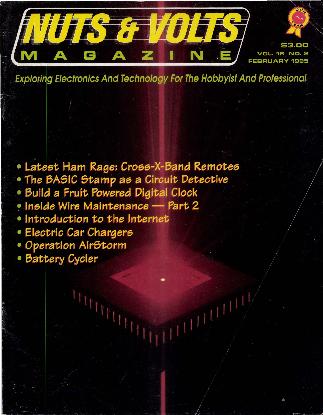


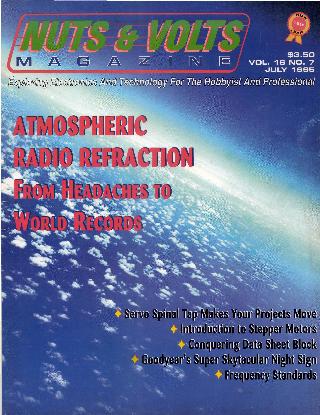

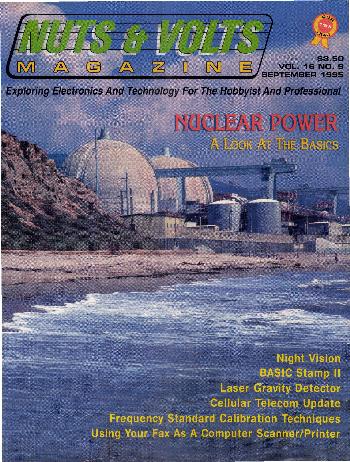
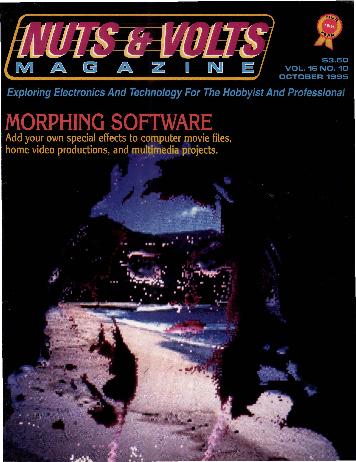

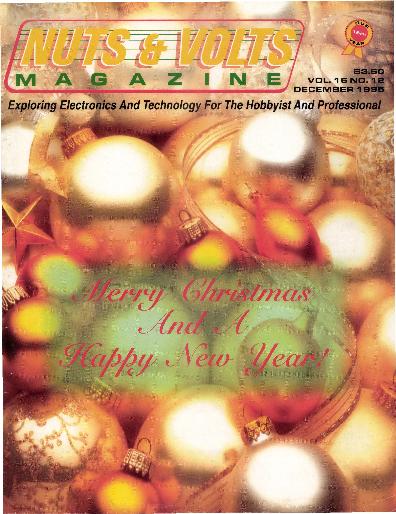

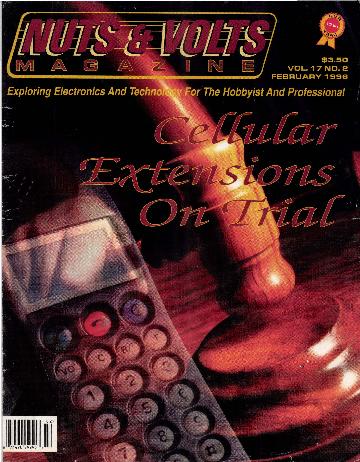


 Nuts & Volts - Vol. 17, No. 6 (June 1996)
Nuts & Volts - Vol. 17, No. 6 (June 1996)

















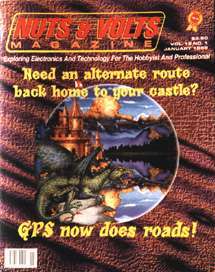





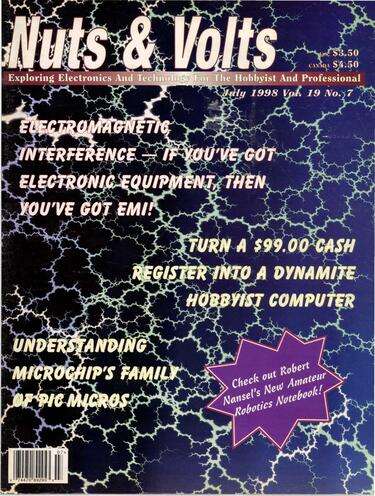



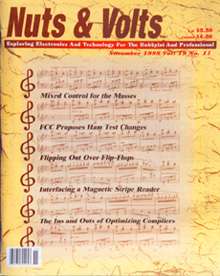




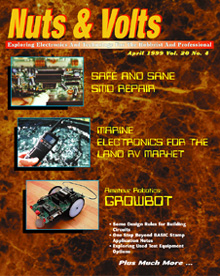




















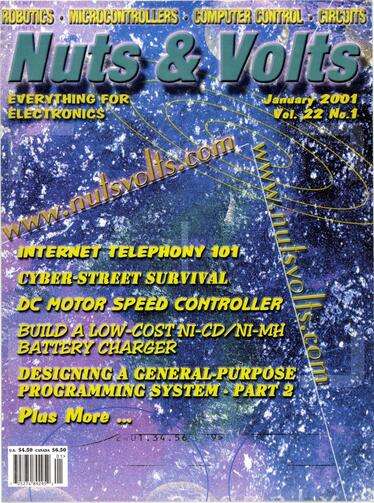











 Nuts & Volts - Vol. 23, No. 1 (January 2002)
Nuts & Volts - Vol. 23, No. 1 (January 2002)








 Nuts & Volts - Vol. 23, No. 11 (November 2002)
Nuts & Volts - Vol. 23, No. 11 (November 2002)



 Nuts & Volts - Vol. 24, No. 4 (April 2003)
Nuts & Volts - Vol. 24, No. 4 (April 2003)


















